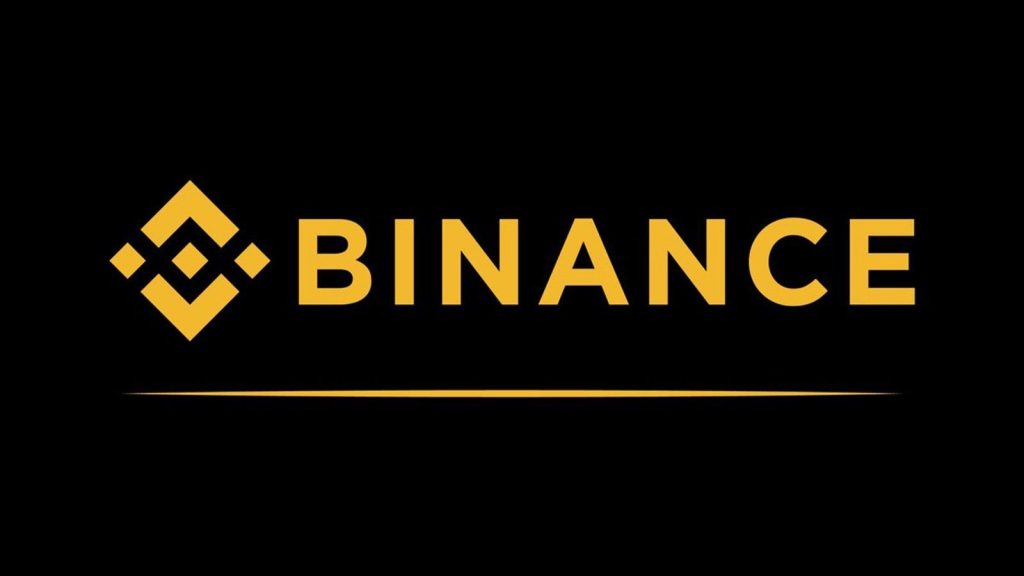Risk management is an integral aspect of successful trading. One crucial component of managing risk is understanding the break-even point in your trades. The break-even point is the price at which your trade neither generates a profit nor incurs a loss. By comprehending and utilizing the break-even point, traders can make better-informed decisions and minimize the potential for loss. In this blog post, we will delve into the concept of the break-even point, its importance in trading, and how to use it to manage risk effectively.
Understanding the Break-Even Point:
The break-even point can be defined as the level at which the total revenue equals the total costs associated with a trade. When a trade reaches its break-even point, you have essentially recouped your initial investment, and any subsequent price movement in your favor will result in profit. Conversely, if the price moves against your position, you may incur a loss.
The break-even point is significant for several reasons:
Assessing Trade Viability: The break-even point allows you to evaluate whether a trade is worth entering. If the potential profit is relatively small compared to the distance to the break-even point, it may indicate that the trade carries a higher risk and may not be worth pursuing.
Risk Management: Knowing your break-even point can help you determine the appropriate stop-loss and take-profit levels for a trade. This information can assist you in managing risk by ensuring that you don’t expose yourself to excessive losses or miss out on potential profits.
Emotional Stability: Being aware of your break-even point can help keep your emotions in check. Reaching the break-even point can provide a sense of relief, as it indicates that your trade is no longer at risk of incurring a loss (unless the market suddenly moves against your position). This emotional stability can lead to better decision-making and overall trading performance.
Calculating the Break-Even Point:
To calculate the break-even point, you need to consider the costs associated with a trade, such as the spread, commission, and any financing fees. The formula for calculating the break-even point is as follows:
Break-Even Point = Entry Price + (Trade Costs / Position Size)
For example, if you purchase 100 shares of a stock at $50 per share and incur a $10 commission, your break-even point would be:
Break-Even Point = $50 + ($10 / 100) = $50.10
In this case, the stock must reach a price of $50.10 for you to break even on your investment.
Using the Break-Even Point to Manage Risk:
Set Appropriate Stop-Loss Levels: By knowing your break-even point, you can set stop-loss levels that protect your capital without being too conservative. A stop-loss placed too close to the entry price might be triggered prematurely, while one set too far away may expose you to excessive risk. Your break-even point can serve as a guide for determining the right balance.
Move Stop-Loss to Break-Even: As a trade moves in your favor, consider moving your stop-loss to the break-even point. This action can help to lock in your initial investment and eliminate the risk of loss. However, be cautious not to move your stop-loss too early, as it may result in getting stopped out of a potentially profitable trade due to short-term price fluctuations.
Analyze Risk-Reward Ratios: Understanding the break-even point enables you to assess the risk-reward ratio of potential trades. If the distance to the break-even point is significantly larger than the potential profit, the risk-reward ratio may not be favorable. In such cases, you might want to reconsider the trade or look for alternative trading opportunities with more attractive risk-reward profiles.
Evaluate Trading Strategies: The break-even point can also be used to analyze the performance of your trading strategies. By calculating the break-even point for each trade, you can determine if your strategies consistently generate trades with favorable risk-reward ratios and sufficient profit potential. This insight can help you fine-tune your trading approach and improve overall performance.
Conclusion:
Mastering the break-even point is essential for effective risk management in trading. By understanding the concept and its significance, you can make better-informed decisions, protect your capital, and enhance your trading performance. Utilize the break-even point to set appropriate stop-loss levels, move stop-losses to break-even when necessary, evaluate risk-reward ratios, and analyze your trading strategies. By doing so, you can minimize risk, maximize potential gains, and achieve greater success in your trading journey.




